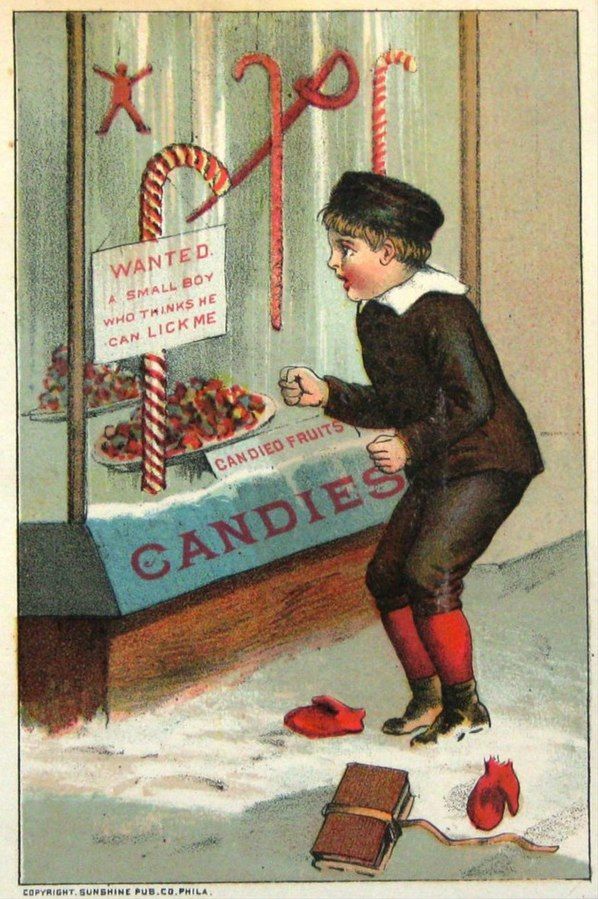When you think of Christmas, the candy that most likely comes to mind is the candy cane. This delicious candy stick is most often red and white or sometimes red, white, and green, and flavored with peppermint, wintergreen, or spearmint. Other flavors have since become popular, but a traditional cane reflects colors of the holiday season.
Candy Cane Legends
According to the legend of the candy cane, the choral master at Cologne Cathedral in Germany requested that a local candy maker create some sugar sticks to be distributed to children so that they would be quiet during service. To justify passing out candy in church, he asked the confectioner to add a crook to the top of each stick so that the stick would look like a J for Jesus, or by other accounts, like a shepherd’s crook. The original white candy represented the sinless life of Jesus, while the red later added to it reflected the blood he later shed. (The red was not added until the late 19th century.) The custom passed throughout Europe so that the cane was distributed at Nativity plays so that was associated with Christmas.

History Of The Popular Christmas Candy
While this story has resulted in some schools in our modern era refusing to allow candy canes because the supposed religious origins might be offensive to non-Christians, the myth is undocumented. German immigrants may have brought the confection to the U.S, The first reference to stick candy was at the 1837 exhibition of the Massachusetts Charitable Mechanical Association which judged candy competitively. By 1844, a recipe for peppermint candy sticks with stripes appears in literature, but the cane was not associated with Christmas until 1874. Canes were widely hung on Christmas trees by 1882.
The canes were gently made by hand; the Bundt Brothers, Chicago candy makers, filed one of the earliest patents for candy cane making machine in the early 1920s. Robert McCormack of Albany, Georgia, owner of the Famous Candy Company which became Bobs Candies (with no apostrophe), handed out candy to local children. Adding the bend in the cane was costly and required a considerable amount of labor to prevent breakage, which ran over 20%. McCormack’s brother, George Harding Keller, who spent his early years working in the candy factory before becoming a Catholic priest, developed the Keller Machine to twist the canes while soft to produce spiral striping and to cut the candy into just the right length for canes. The striped delights became very popular, and Bobs was the leader producer in the world by the 1950s.
Today, nearly 2 billion candy canes are made each year, with 90% of them being sold between Thanksgiving and Christmas. They are the biggest selling non-chocolate candy. Sales peak in the second week of December. Oddly enough, National Candy Cane Day is not until December 26th.

Bulk Candy Canes From Sweet Services
Sweet Services can supply all your candy cane needs, regardless of quantity, size, or flavor you need. If you want traditional canes, try:
- Spangler 6″ Peppermint Candy Canes~60ct Tub
- Spangler 6″ Red and White Candy Canes
- Spangler 3″ Red and White Candy Canes
- Spangler 6″ Red, White, & Green Candy Canes
- Lifesaver Wintergreen Candy Canes
If you are looking for different flavors of candy canes, Sweet Service offers varieties such as Lifesaver Butter Rum Candy Canes, Oreo Candy Canes~12ct, Spangler Natural Assorted Candy Canes, Starburst Candy Canes, and more.
At Christmas time and beyond, enjoy a delicious piece of candy history.

Leave a Reply
You must be logged in to post a comment.